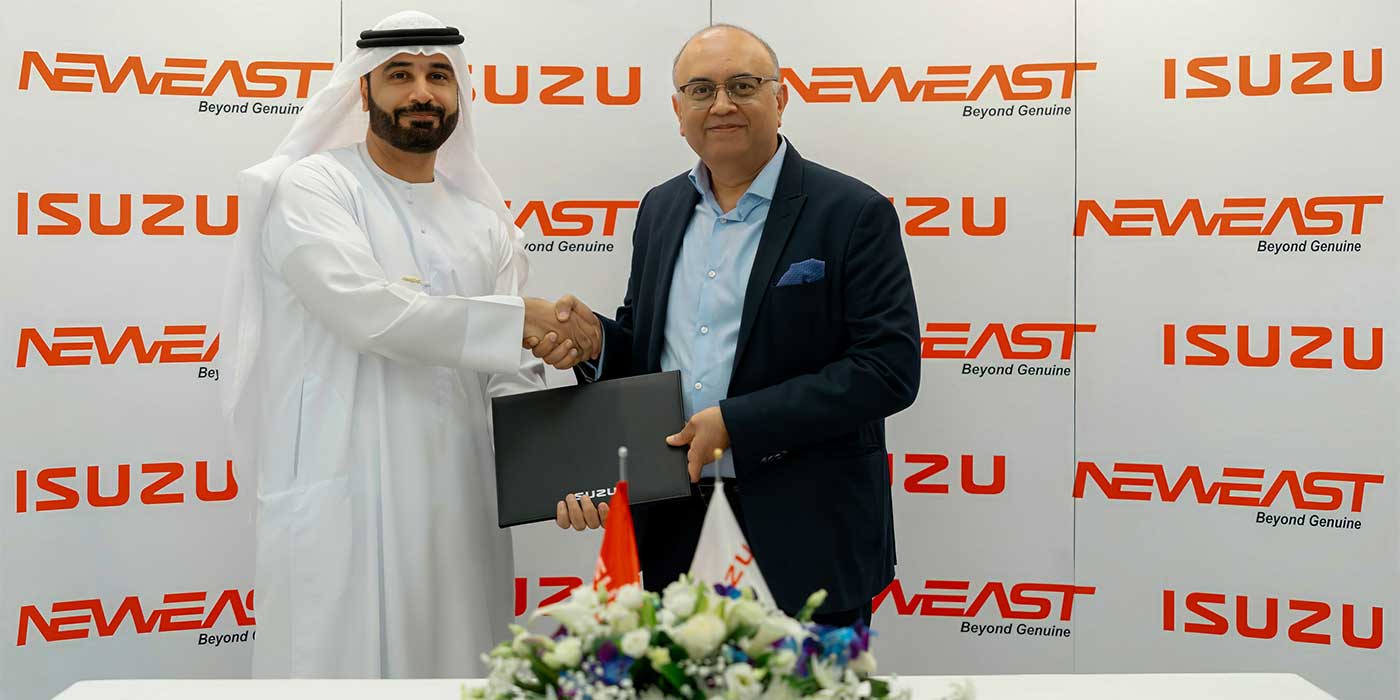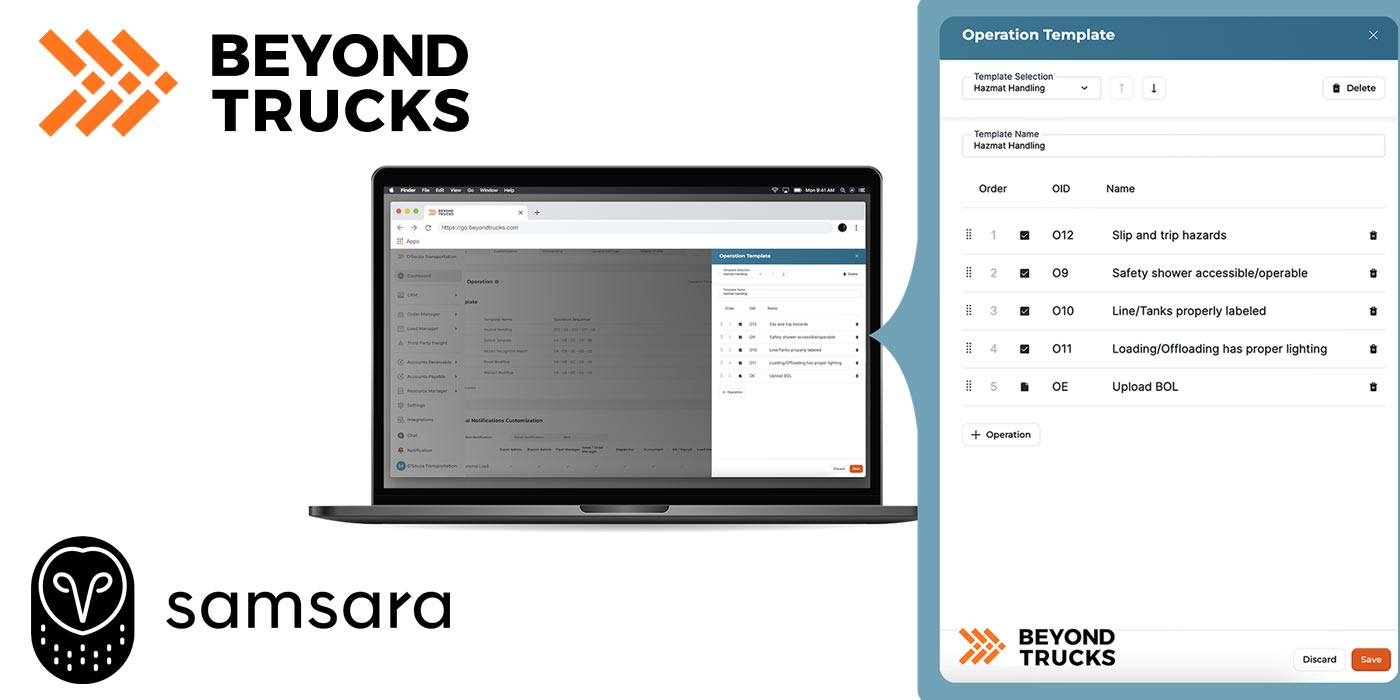
When fleet executives gathered earlier this year at the annual Electric Utility Fleet Managers Conference (EUFMC), one session during the educational program on Advancing Strategies For Fleet Improvement focused on benchmarking. For fleet managers on the panel, using data and performance metrics is a means of showing opportunities for improvement, through which cost savings can be realized.
“Our past approach was to use cost and limited performance metrics, which led to the reactive use of data,” said Bruce Straub, director of fleet services at Consumers Energy. “In 2017, we began establishing a performance metric foundation, based in part on employee input, to align with customer needs.
“We’re building for the future with the right accurate and usable data,” Straub added. “For example, we started using one metric that led to an increase in critical unit availability. We also established planning and scheduling standards and now we’re looking at things like telematics justification, new unit quality and carbon reduction metrics.”
At Baltimore Gas and Electric Co. (BGE), benchmarking is being used to focus on and improve technician productivity. “Prior to 2017,” related America Lesh, BGE’s manager of fleet, “BGE fleet leaders were not measuring mechanic productivity, which resulted in a decrease in productive hours and an increase in the cost to perform maintenance. For meeting our performance goals, it was critical to implement a management plan and ensure data integrity and continuous accountability.
“When you set and measure against a goal, you’ll see results,” Lesh added. “By comparing BGE mechanic productivity to an industry average, we knew that our mechanics had responded to the goals we set for increased productivity and reduced labor rates.”
Also during the EUFMC session, Michael Homan, director of fleet operations at DTE Energy, described how the fleet uses benchmarking to define costs at the unit level and to work toward achieving
“By thoughtfully assessing gaps and creating action plans to realize potential savings, we are able to form the basis of the fleet’s long-term plans,” Homan continued. “And that helps make the fleet’s value clear to senior leadership. By linking our projects directly to an improved bottom line, we can make fleet decisions relevant to the senior leadership team by connecting our purpose directly to the corporation’s external promises.”
As an example of benchmarking at work, Jason Holland, manager of fleet maintenance (VA/NC) at Dominion Energy, spoke about how the fleet operation at the utility is currently working with benchmarking services provider Utilimarc. Included are plans for benchmarking, technician staffing and vehicle replacement metrics and, potentially, ad hoc reporting modules.
“There are opportunities for cost savings with benchmarking,” Holland said. “For example, with consolidated bulk fuel agreements, we can access volume discounts. With best practices for cataloging, ordering
“Looking ahead we plan to utilize benchmarking to right-size our fleet with an accurate number of units and standardized specs, and to lower cost of ownership with an effective vehicle replacement strategy,” Holland added
For
EUFMC is an educational conference held annually in Williamsburg, Virginia, for fleet representatives from investor-owned electric utilities, electric cooperatives














